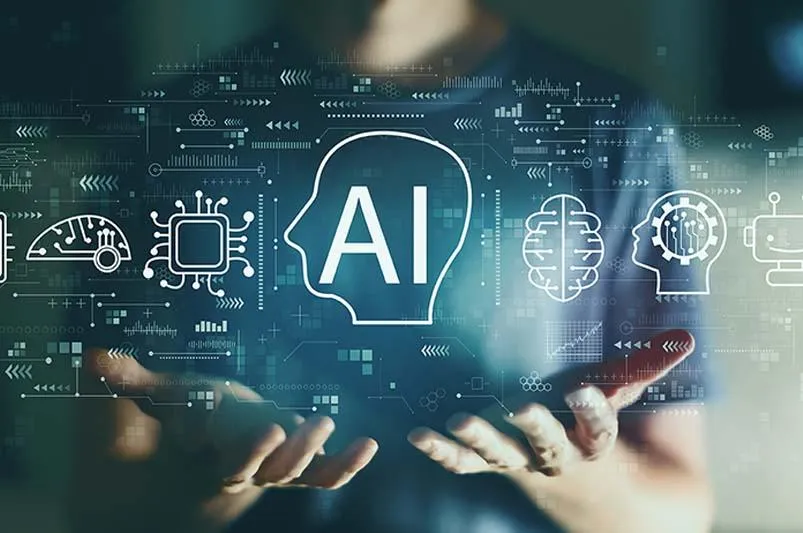
AI-Powered Monetization Systems: Transforming Business Growth
Artificial Intelligence isn’t just changing how we work — it’s changing how we make money. For entrepreneurs and business owners, AI-powered monetization systems offer a powerful way to generate revenue with less manual effort and greater precision. Instead of relying on outdated pricing models and guesswork, AI now enables businesses of all sizes to leverage automation, data-driven insights, and scalable systems that adapt in real time.
By 2030, the global AI market is projected to hit $1.8 trillion — and small businesses stand to benefit just as much as enterprises. The question is: How can you put these systems to work in your business today?
This guide explores how AI-powered monetization systems work, the innovative revenue models they unlock, and how you can implement them to maximize profitability.
What Are AI-Powered Monetization Systems?
At the simplest level, these systems combine machine learning algorithms + advanced data analytics to identify and act on revenue opportunities automatically.
For business owners, that translates into:
Automated sales processes
Dynamic, data-driven pricing
Smarter customer personalization
Seamless integrations with tools you already use
Example: An AI-driven pricing engine can instantly adjust product prices based on competitor moves, demand fluctuations, or even seasonal buying trends — no human intervention required.
This creates a more agile business model that responds to the market faster than you or your team ever could manually.
Core Architecture: How It Works
AI monetization systems typically include:
Data Collection Layer – pulls in data from sales, customers, competitors, and the broader market.
Machine Learning Models – analyze that data, spotting patterns humans often miss.
Action Layer – executes decisions automatically (pricing adjustments, sales outreach, upsell triggers).
Integration Layer – connects seamlessly to CRMs, e-commerce platforms, and financial systems.
For small businesses, this architecture means you can compete on efficiency and precision — even against much larger players.

Innovative Monetization Models
One of the biggest benefits of AI monetization systems is that they open the door to new revenue streams and pricing strategies:
Freemium to Premium Upsells – Offer basic features free, then convert users to premium with personalized AI-driven offers.
Outcome-Based Pricing – Charge based on the results you deliver (e.g., higher conversion rates or cost savings).
Token/Credit Systems – Customers buy prepaid credits and spend them on usage, creating predictable, flexible revenue.
Dynamic Tiered Pricing – AI segments customers and offers tiers based on usage, demand, or willingness to pay.
These models not only boost profitability but also align your pricing with the real value your customers experience.
Implementation & Scaling
Adopting AI systems doesn’t mean replacing everything you do — it means layering automation onto your existing operations.
Steps for small and mid-sized businesses:
Start with one process (like pricing or email automation).
Ensure your data sources are clean and integrated.
Train your team to trust (and monitor) the AI-driven changes.
Scale gradually, expanding into other systems once ROI is proven.
Research shows companies with a strong AI foundation achieve ROI 45% faster than those without.
Industry-Specific Applications
AI monetization is not one-size-fits-all. Here are a few real-world examples:
E-Commerce – Predictive analytics drive personalized recommendations and dynamic pricing, boosting conversions.
Healthcare – AI reduces administrative workloads, enabling more patient-facing care and better resource allocation.
Finance – Automated fraud detection, risk modeling, and tailored service pricing.
Services/Consulting – Intelligent upsell/cross-sell triggers embedded in client workflows.
No matter your industry, AI-powered systems let you compete on personalization and efficiency — two areas customers increasingly demand.
Optimizing Pricing with AI
Pricing is one of the most direct levers AI can pull. Instead of static rates, businesses can now:
Adjust prices in real time based on demand signals.
Create segmented tiers based on customer behavior.
Use predictive analytics to anticipate market shifts.
Example: A subscription business might automatically lower pricing for at-risk customers (to retain them) while upselling loyal users to premium tiers.
This creates win-win pricing: customers feel understood, and businesses maximize lifetime value.
Case Study: Turning Data Into Revenue
A digital course creator integrated an AI-driven upsell system into their checkout process. Within 90 days, they:
Increased average order value by 28%.
Reduced abandoned carts by 35% through personalized offers.
Freed up 10+ hours per week by automating pricing adjustments.
The key takeaway: AI doesn’t just improve efficiency — it creates new revenue that wouldn’t exist otherwise.
Conclusion
AI-powered monetization systems aren’t just a future trend — they’re here, and they’re already transforming businesses that adopt them. From dynamic pricing to outcome-based revenue models, the potential is enormous.
The businesses that thrive in the coming years won’t be the ones working harder — they’ll be the ones working smarter, leveraging AI to turn data into dollars automatically.
Want to see how AI monetization could transform your business?
MonetizerEngine specializes in building systems that generate revenue on autopilot. Let’s talk.
Curious about how AI can boost your bottom line?
We’ve put together a simple guide that breaks down five powerful AI monetization models small businesses can start using today. Inside, you’ll also find a step-by-step checklist for implementation and tips on scaling profitably.

